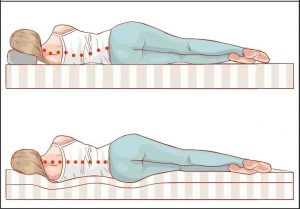
If calculated according to 8 hours of sleep, one third of life is spent with the bed.
The bed can make people full of blood and revive, and it can also make people with poor waist sleep sore back…In order to protect the waist, some people even remove the mattress directly, thinking that the rigid bed can help relieve back pain.
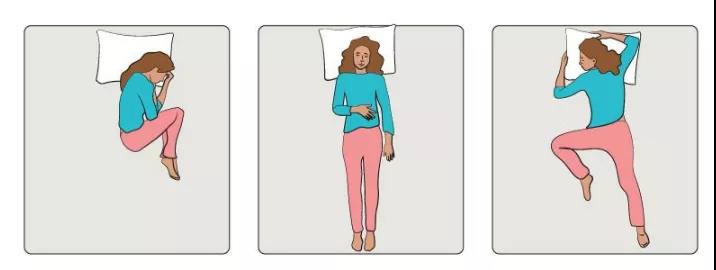
The rigid bed is not waist-friendly
A rigid bed not only cannot “rescue” low back pain, but it may make the waist sleepier and tired.
The lumbar spine of normal people has physiological lordosis, the larger is more than 70 degrees, and the smallest is not less than 30 degrees.
Lying on a hard board bed, the chest and back and hips form the fulcrum, and the waist is in a suspended state.
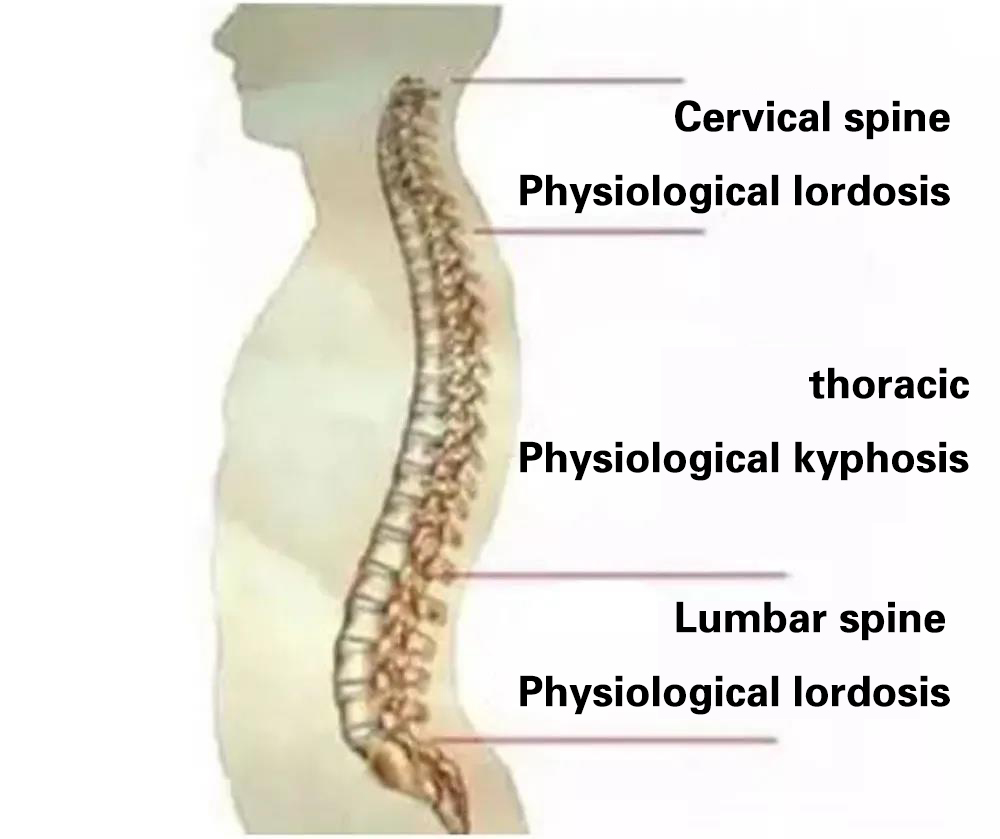
Under the action of gravity, the waist muscles and ligaments are very easy to fatigue, and it will even cause damage to the lumbar spine for a long time.
A hard bed will also compress the tissues under the back, making people unconsciously turn over to change the oppressed area. This “turning over and over” further affects the quality of sleep.
What does the “waist support” mattress look like?
A comfortable bed not only brings good sleep, but also benefits the back and spine. Everyone has different requirements for mattresses. The general principle is to make the body as relaxed and natural as possible. Mattresses that are too soft or too hard are not suitable.
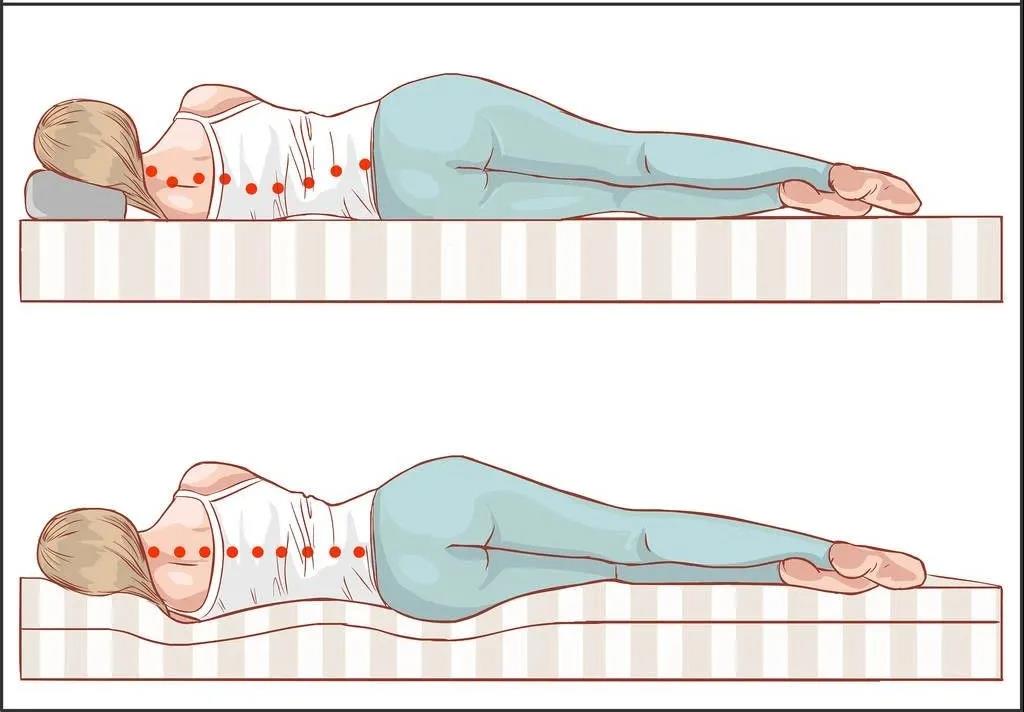
Hardness
3:1 Principle
The normal spine has 3 physiological bends. The body “socket” in a soft bed, due to lack of adequate support, may cause the mid-spine to sink, and the ligaments around the spine and the intervertebral load may be overloaded. After a long time, it is easy to have backaches.
People with lumbar disc herniation, scoliosis, the elderly, and children and adolescents whose spine is still developing are not suitable for sleeping on a soft mattress.
In terms of hardness, the mattress should meet the following standards:
Lie flat, stretch your hands to the neck, waist, hips and thighs to see if there is any gap; turn to one side and use the same method to see if there is any gap between the sunken part of the body and the mattress
If the gap is too large, the bed is too hard; if the curve fits, it proves that the soft and hard are suitable.
The hardness of the mattress can also be selected according to the “3:1 principle”:
A 3 cm thick mattress should sink 1 cm after hand pressure; a 10 cm thick mattress should sink about 3 cm.
If the mattress at home is too soft and your waist feels uncomfortable when you sleep, but you are not willing to throw it away, you can add a layer of palm mat on it directly.
Thickness
12~18 cm
In terms of thickness, do not think that the thicker the mattress, the better, but depends on the bearing capacity. Especially for spring mattresses, if the length of the spring remains the same, the bottom padding is thicker, and the result is not a good supporting force.
The ideal thickness of a spring mattress is 12 to 18 cm.
Length
Height +20 cm
When buying a mattress, you should consider the height factor, while leaving room for pillows, that is, add 20 centimeters to your personal height.
Choose a qualified mattress in 5 steps
Latex, semi-latex, natural coconut palm, independent spring… Mattress materials on the market are varied, and slogans such as “pure natural” and “high-tech” are also dazzling.
When purchasing, a qualified mattress needs to meet 5 criteria:
“See” with eyes
Check whether the mattress is evenly thick and thin, whether the surroundings are straight and flat, whether the cushion surface is evenly covered, whether the fabric is printed and dyed evenly, whether the sewing needle thread has any defects such as broken threads, skipped stitches, and floating threads.
Qualified mattresses are marked with the product name, registered trademark, manufacturing company name, factory address, telephone number, and some also have qualification certificates and credit cards. If not, there is a high probability that it is a fake and inferior product.
“Press” hard
Test the pressure of the mattress by hand, it should feel moderately soft and hard, and have a certain degree of resilience. This is to check whether the pressure capacity of the mattress is balanced and whether the internal filling is uniform.
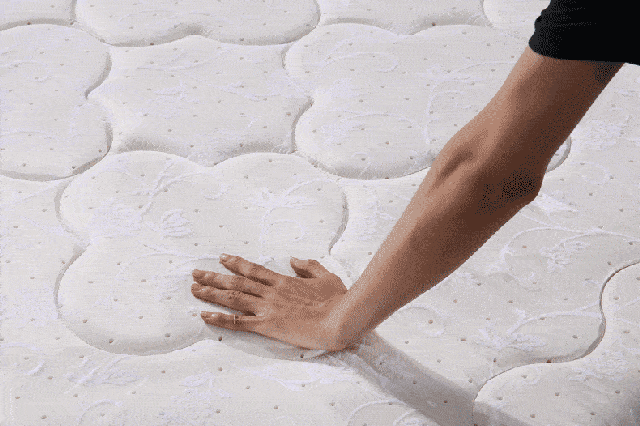
If the mattress is sunken and uneven, the spring wire is of poor quality.
“Listen” with ears
Tap the mattress and listen to the sound of the spring. If the spring sounds evenly, it means that the elasticity is better, and the force will be more even during sleep.
If you make a “creak” sound, it means that the spring is not only poor in elasticity, but it may also be rusty or inferior.
“Check” by hand
Some mattresses have mesh openings or zipper devices around the edges, which can be opened directly to check whether the internal springs are rusty, especially the addition of auxiliary materials. This step of inspection can prevent buying black heart cotton mattresses.
“Smell” with your nose
When buying a mattress, use your nose to smell the pungent chemical odor. A good quality mattress exudes the fresh smell of natural textiles.
How to choose mattresses for different groups of people?
The mattress that accompanies you every day must be suitable for you to be the most comfortable. When choosing a mattress, you can refer to the following criteria to “sleep symptomatically”:
According to age
The elasticity of the muscles and ligaments of the elderly has decreased. A bed that is too soft cannot support the spine and it is difficult to get up. Adults with poor spine are also suitable for a slightly harder mattress.
For mattresses for infants and young children, it is recommended to choose a firm and flexible medium-soft mattress.
According to sleep habits
◆ People who often sleep on their side
People who like to lie on the side should keep the spine straight and sink their shoulders and buttocks deep into it during sleep. It is recommended to choose a partitioned mattress. This kind of mattress uses springs of different thicknesses to form different degrees of depression according to different stressed areas such as the head, neck, shoulders, waist, and vertebral tail.
If you don’t have a partitioned mattress, keep the pillow at the same height as your shoulders when lying on your side. Put a soft pillow under your knees to help your spine stay level.
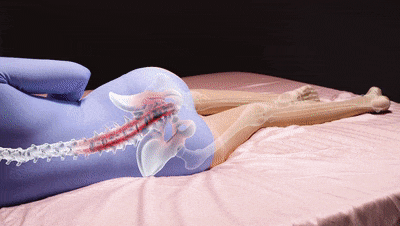
◆ People who often sleep on their backs
When lying on your back, the neck and waist need hard mattress support to achieve a comfortable state. It is best to choose a harder mattress. When sleeping, you can also put a pillow under your knees to reduce the stress on your back and maintain your physiological curvature.
According to body type
People who are lighter weight are suitable for sleeping on a softer bed, and a mattress that is too hard cannot support all body parts in a balanced manner; for people who are fatter, a harder bed is suitable for sleeping.
Comments